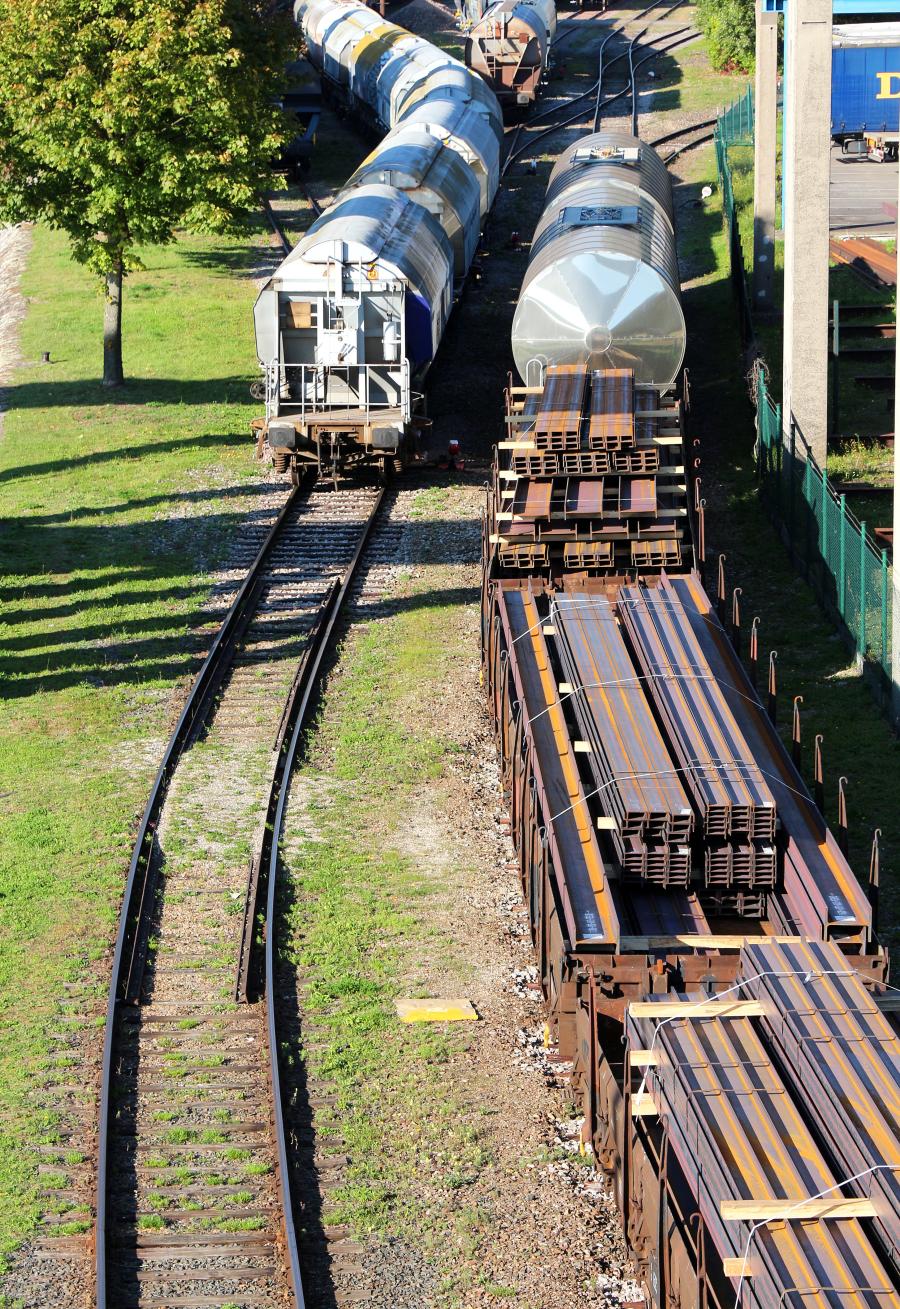The construction industry has long believed that paper checks guaranteed the safe transfer of funds. But fraud risk for checks has actually risen over the past several years.
Cash flow is always an issue in the construction business, but this year it's magnified by the pandemic, materials prices and supply bottlenecks. This year's cash flow and payment report from Levelset found that only one in 10 contractors get paid in full. There are ways to reduce the time and effort you put into chasing payments — if you're ready to adopt technology.
That one in 10 represents a 75 percent drop from pre-pandemic payment patterns, according to the Construction Cash Flow & Payment Report, released annually by Levelset.
"The decrease in payment reliability is tightening the financial vise on construction companies," said the New Orleans-based construction software developer. More than 760 construction professionals were surveyed.
The results tie financial risk directly to the construction payment chain. The survey found that general contractors at the top of the chain are four times more likely than subcontractors to get paid within 30 days and 50 percent more likely to get paid in full.
"Subcontractors, suppliers and other sub-tier parties bear the brunt of the financial burden, with one in five regularly waiting beyond 60 days to collect payment," reported Levelset. "The gap widens even further when it comes to collecting retainage, which 61 percent of all businesses say is ‘very important' or ‘the most important factor' for cash flow."
The report reveals that 56 percent of subcontractors wait more than 60 days to collect retained funds, compared to 16 percent of general contractors.
Payment speed also correlates strongly to project type, according to the survey. Residential construction companies did better than those in both public and commercial construction, actually three times more likely to collect payment within 30 days.
Housing contractors also were five times more likely than those on public projects. And though only one in five homebuilders are consistently paid on time, they outperform those on government projects and commercial jobs.
"The pandemic drove financial uncertainty through the roof and put an extra kink in the flow of cash on projects across the country," said Scott Wolfe Jr., Levelset CEO. "Payment delays throttle a company's ability to be competitive, take on new projects and grow their business. We are seeing this happen across the industry, with companies further down the pay chain experiencing more of these pains."
Relieving the Headaches
The survey found that just past the 40-day point, about a fifth of construction businesses find themselves between a cash-flow negative rock and a hard place: They've paid subcontractors, suppliers and other vendors but are still waiting for payment.
"Forty-seven percent of companies say payment delays reduce their profit, and one in three turns to loans or other financing to bridge the cash flow gap, adding interest and other charges," said Levelset.
Contractors are turning to preliminary notices and mechanics liens in chasing payments for work they've performed. The survey found that 51 percent of respondents send a preliminary notice on a typical project. That figure is up from just 29 percent last year.
And, 71 percent of construction businesses filed a lien over non-payment in 2020. That marked a 22 percent increase from the year before. The industry embraces the use of liens, according to the survey. In fact, about two in three businesses would support a subcontractor or supplier if they filed a lien, while 15 percent wouldn't work with that vendor again.
Construction companies also are adopting technology in their quest to be paid. Today, 83 percent of construction businesses have the ability to accept electronic payments, reports Levelset. Further, 79 percent of those say it's helped them get paid faster.
Companies using software for tracking and processing payments grew a whopping 113 percent year-over-year. Software for payment paperwork is up 67 percent since 2019, according to the survey. Just 8 percent of construction companies say they don't use software at all. That's a drop from 21 percent in 2019.
Despite the integration of electronic payment platforms, most construction accounting teams are still doing business on paper, said payment automation software developer GCPay.
"When we speak to general contractors and industry experts about paying via check, we hear the same thing: it's just how it's always been done," said the Portland, Ore., company. "As proponents of construction technology and saving our customers valuable time and money, we believe the time has come where we can no longer ignore the benefits of electronic payment in our industry."
GCPay believes, first of all, electronic payment is more secure. Historically, the construction industry has believed that paper checks were the only means to guarantee the safe transfer of funds. But fraud risk for checks has actually risen, to 78 percent in 2017.
"Financial technology has evolved to provide enhanced security for the electronic transfer of funds in nearly every industry. Construction is no different," said the software company.
Second, electronic payment processing makes the data trail more visible for everyone involved. All contract data, change orders and compliance information is pre-loaded so all of it can be easily applied for payment.
"If there are any disputes or discrepancies, the system will notify the subcontractor that changes need to be made," said GCPay. "All your contract data stays in sync as the electronic payment is administered.
The company maintains that integrating a payment software platform actually saves a contractor money in materials and stamps, yes, but also in time. And, lastly, electronic payments help to keep your supply chain running smoothly.
That's a selling point Stoyan Kenderov drives home in explaining the benefits of a third-party business payment platform such as Plastiq. Chief product and technology officer for the San Francisco company, he believes the biggest benefit contractors should be able to pay anybody in the world with a credit card.
"In construction, every site is a mini universe," he said. "The client, which could be a real estate company, is on the clock. The GC, who employs local contractors for roofing, piping, demolition or painting, is on the clock. They have to turn that property around quickly."
The GC cannot pay the sub until work has been done or the client has paid the GC.
"You get a sense of how the slow flow of money depends on multiple check points and a review of work performed," Kenderov said. "The slow movement of money has hurt the entire chain. And contractors are not getting paid because no cash is flowing."
The contractor, in turn, has to tell his supplier he hasn't been paid so he can't pay for materials for three or four weeks.
"The supplier says ‘I have inventory, inflation is driving up the cost of materials. I'm not going to hold it for you,'" he added. "The contractor's relationship with his vendors gets damaged as a result of doing half a job with everything being delayed."
Using a third-party payment system, Orem, Utah, real estate investment company Fox Financial streamlined cash flow issues and delays on closings. As in the past, "the payments to contractors can get delayed and we miss out on savings to get invoices paid early," said Stuart Fox, CEO. "In the management of vendor payments, we use Plastiq to make sure we can always pay bills on time even if cash flow is slow from the project we are working on at the time."
His company has actually eliminated other options for payment management, preferring instead the simplicity and ease of use of a third-party process, said Fox.
Electronic payment platforms like Plastiq allow clients to pay the GC with available credit on credit cards, and delay when they have to pay on the card from 45 to 100 days. "Money is flowing and everybody can pay," said Kenderov.
The concept does not involve new funds, so there's no applying for a new line of credit. The contractor uses his or her existing credit card product. With a credit card number, the user determines whom he wants to pay and Plastiq sends money via check or wire transfer.
Beefing Up the Bottom Line
Third-party payment systems are designed to boost the electronic payment process. As Kenderov explained, products such as Plastiq enhance the capabilities of these already-integrated software programs.
"We expand options with ways to pay vendors the way they want to be paid. We allow every one of these businesses to accept card payments for free, so any one of your clients to pay you with a credit card."
These payment services also can help mitigate the bottlenecks in materials procurement and logistics, he said. With steel and lumber prices going up, the sooner the contractor can acquire inventory the cheaper the future project.
The problem is buyers don't have access to cash when it's tied up in other projects, said Kenderov. A third-party service can put inventory on the contractor's existing credit card and hold it somewhere for 60 and 100 days.
Acquiring at present cost means the contractor can accelerate the purchase of inventory while paying as late as he would have by waiting. "He's benefiting from the lower cost of inventory and getting a break on inflation this way," he said.
With a product like Plastiq, "it's important for commercial contractors to realize they, too, can get paid by struggling clients without having to shed a single cent of the payment," said Kenderov. "They don't realize how important it's become to accept credit cards because nobody has cash." CEG
Lucy Perry
Lucy Perry has 30 years of experience covering the U.S. construction industry. She has served as Editor of paving and lifting magazines, and has created content for many national and international construction trade publications. A native of Baton Rouge, Louisiana, she has a Journalism degree from Louisiana State University, and is an avid fan of all LSU sports. She resides in Kansas City, Missouri, with her husband, who has turned her into a major fan of the NFL Kansas City Chiefs. When she's not chasing after Lucy, their dachshund, Lucy likes to create mixed-media art.
Read more from Lucy Perry here.
Today's top stories

















